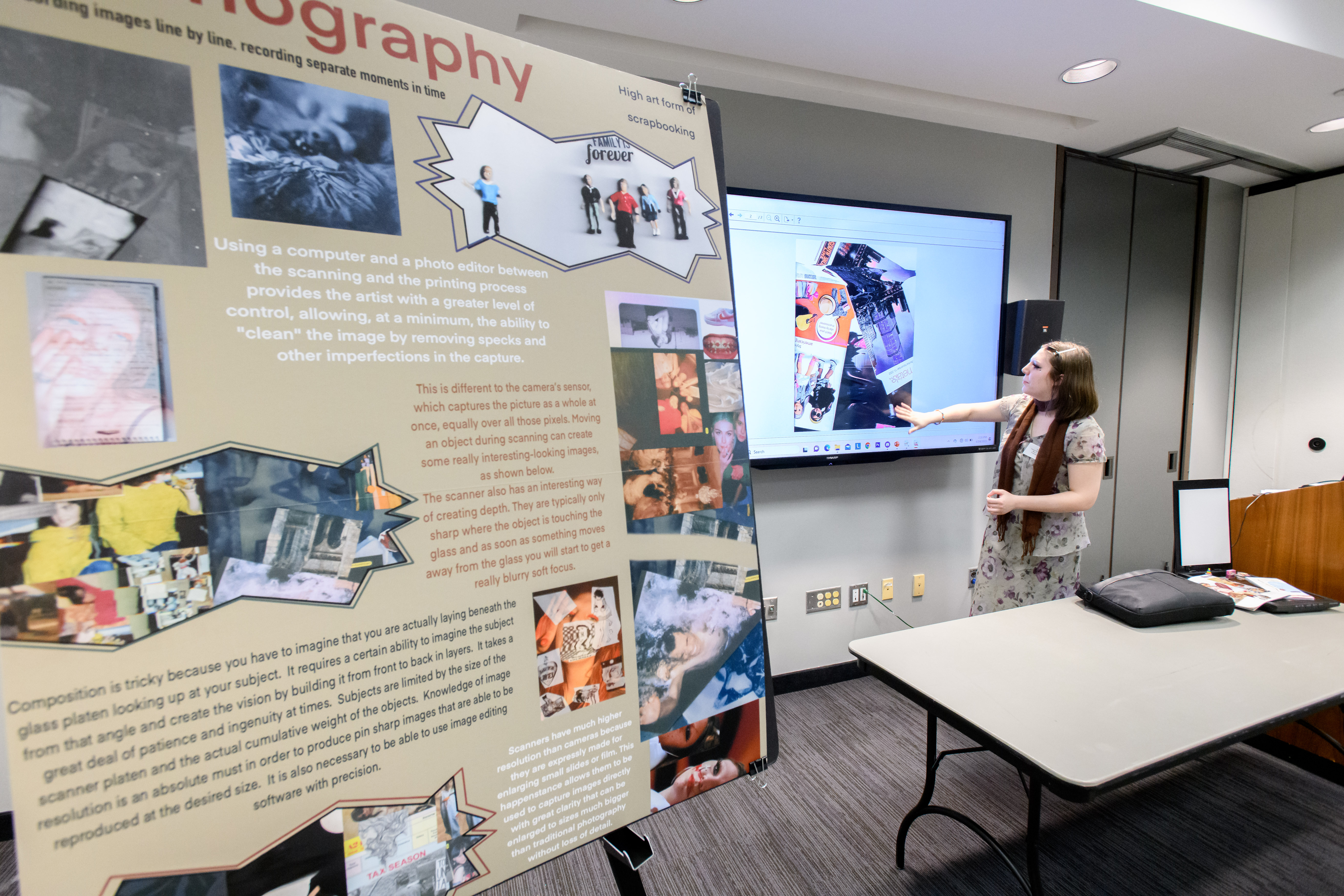Oral Presentations
Here, you’ll find information about preparing research-based oral and performance presentations. Oral presentations are often supplemented by some sort of slideshow (e.g., one created in Microsoft PowerPoint), because people tend to understand and retain what they both hear and see. Performance presentations and film/exhibit/demonstrations are broadly defined and include dance/music/theatre performances, fine art exhibitions, product/device demonstrations, and other similar creative products.
https://www.youtube.com/watch?v=LzIJFD-ddoI&feature=youtu.be
Special Instructions for UURAF 2026 Oral Presentations
UURAF 2025 will be a hybrid event consisting of multiple presentation formats. UURAF is a public event. Do not share confidential information in your abstract or presentation.
Presenters can expect to interact with judges and visitors through the chat function and dedicated discussion sessions on the event platform Symposium by ForagerOne. Please respond promptly to questions.
Due to space limitations, oral presentations will only be offered as a virtual option.
Oral Presentations
Online Only
- Submit presentation materials to online event site by TBD
- Create an oral presentation using standard presentation software
- Create a voice-over for the presentation lasting 7 to 10 minutes; 12 minute maximum
- Upload presentation with voice-over to YouTube as an unlisted video
- Enable the closed captioning feature to promote accessibility and inclusivity
- Add abstract and link for unlisted YouTube video to the UURAF event site by TBD
- Participate in virtual discussions with visitors and judges, April 16-17
- Presenter guide - coming in January
Presentation Tips:
- How to record a PowerPoint presentation
- How to add caption to YouTube videos
- Attend one of our workshops or peer advising for more assistance
- View example presentations from UURAF 2025
- How to Prepare for an Academic Conference
- 15 Tips for Presenting at a Conference
- Practical Networking Tips
Resources
- Checkout our Oral Presentation FAQ to learn more about oral presentations and how to prepare them
- Get help from an Undergraduate Research Peer Advisor




